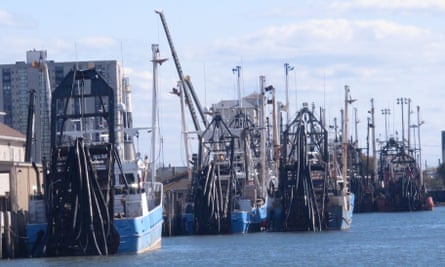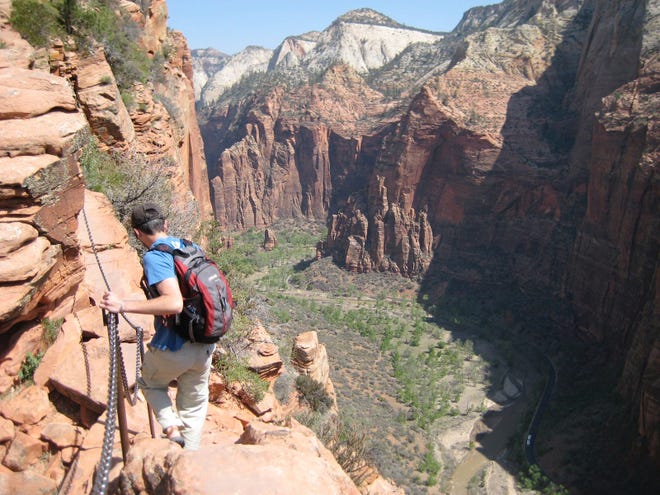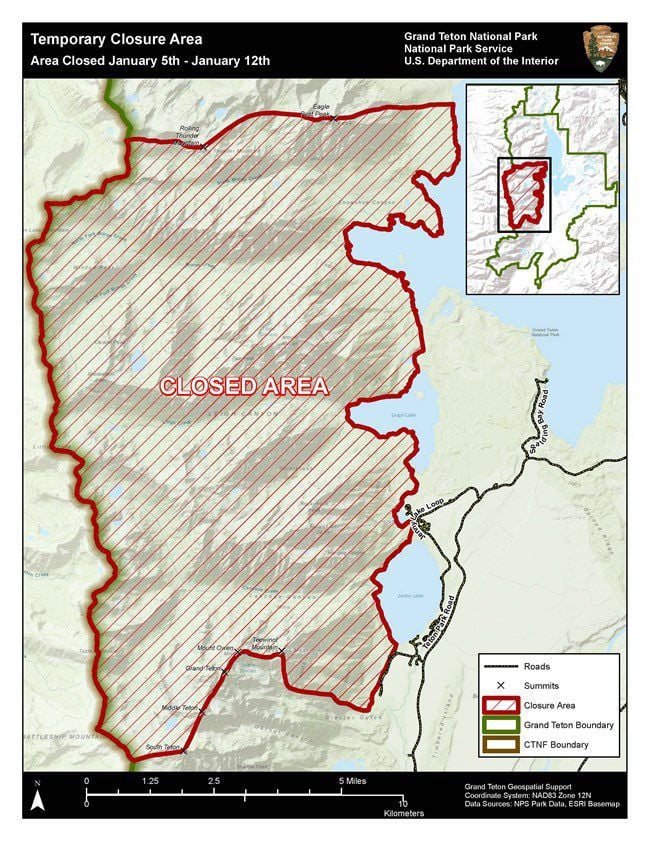Barbarism on the Rise: Hunting Mama Wolves and Bears and Their Cubs in Alaska
JUNE 18, 2020
a

Arctic wolf. Photo: Jeffrey St. Clair.
When I was in elementary school, I had a slingshot for hunting birds. To this day, I find it impossible to explain why I indulged in such unsavory behavior.
However, since those youthful days, I never hunted again with either a slingshot or a gun.
I abhor the killing of wild and domesticated animals. They have as much right as we do to exist without fearing hunters may kill them.
I know humans have hunted and killed animals for food. Such open season lasted for millennia. Hunting of wildlife for food is probably still alive in some form or another in most countries of the world.
Hunting for sport is another, even more vicious, kind of killing of wild animals. Affluent European hunters decimated Africa’s wildlife in the nineteenth century.
Hunting for sport is probably just as ancient as killing wild animals for food. Members of the ruling classes in the past and now convince themselves they have divine rights to target wildlife at their convenience and pleasure.
This cruel and perverse habit is especially strong in affluent societies, where people with money and guns give license to their pathological instincts in killing wolves, bears, lions, tigers and other wild animals.
Human footprints
This killing, especially of important large carnivorous animals, adds more unnecessary instability in an already destabilized natural world.
Humans have been leaving their bloody and destructive footprints everywhere in the planet for a very long time.
Their industrialized farming has been producing unhealthy food while generating climate change. The effects are thoroughly unpleasant: insects, birds and small animals are steadily being driven towards extinction.
The logging of the world’s forests, no less than factory farming, disrupts and breaks down ecosystems, all but eliminating biological diversity and degrading land and life.
The damming of wild rivers unsettles water life and pushes countless species over the cliff.
As if these terrible practices, which “civilized” people do routinely, did not produce enough disruption and violence in the natural world, humans have been ravaging the land for petroleum, natural gas, coal, gold, silver, and other minerals.
War against the natural world in Alaska
It’s this political madness and ecological tsunami, the horror humans have been sowing in every wild land of the world, including the forests, rivers, and lands of the United States, that sets the stage for an additional and unusually horrific practice about to start in the parks of Alaska.
The Secretary of the US Department of the Interior, a Trump appointee by the name of David Bernhardt, signed a final rule June 11, 2020, that allows a dark age killing of bears, wolves and their cubs.
This is barbarism triumphant under the guise of restoring the authority of Alaska to do as it pleases with our national treasure of wildlife.
Hunters will be filling buckets with bait to attract bears in order to shoot them.
This reminds me of a story a friend told me of a similar barbaric practice in Michigan. Owners of gasoline stations attract deer with large carrots. Drivers buying gasoline shoot the deer from the comfort of their cars.
Listening to this story I thought he was making things up. But, no, he assured me, he witnessed such shameful affair. This put me in a bad mood.
How could these people be so cruel, so stone-dead in their feelings and emotions? Where did they grow up?
The evolving cruelty in Alaska confirms my friend’s story. The roots of violence against wildlife are deep and widespread.
Local and tourist hunters will soon be killing bears, wolves and their offspring in the vast national parks of Alaska.
This is a gift of the Trump administration, which made it legal to hunt these persecuted animals during the denning season.
Imagine TV-like explorers-hunters loaded with war pistols and guns and high tech flashlights entering holes in the ground or caves to shoot mama wolves and bears and their cubs.
What a tragedy, a charade, and paradigmatic act of utter stupidity. Could we say this is hidden hatred of compromised armed people for the animal emblems of wild freedom? Are these hunters hunting their nightmares or civilization itself?
Theresa Pierno, President and CEO of the National Parks Conservation Association, criticized the Trump administration, but she failed to express the anger of a person dedicated to protecting the threated animals. She was too diplomatic in describing the extraordinary vicious turn of policy:
“Amid the global pandemic, the Trump administration is declaring open season on bears and wolves, through their sport hunting rule on national parklands in Alaska….
“National preserve lands at Denali, Katmai, Gates of the Arctic… [in Alaska] are the very places where people travel from around the world, in hopes of seeing these iconic animals, alive in their natural habitat. Through this administration’s rule, [officials of] such treasured lands will now allow sport hunters to lure bears with greased donut bait piles to kill them, or crawl into hibernating bear dens to shoot bears and cubs.”
Trump above all
This shameful and uncivilized behavior does fit the pattern of Trump, his administration, and his Republican Party and evangelical supporters. They are operating as if in a conquered territory.
Like the French monarch Louis XIV, Trump said I am the state. I can do anything I want. There’s no climate change. Corporations are right about the environment and pollution. I will follow their guidance.
In about 3.5 years, he reversed the modicum of theoretical and real environmental and public health protection Americans enjoyed.
He put this national dangerous policy into effect in the glare of television and lots of additional publicity. Most large media gloated over the tragic spectacle of a president ordering the demise of America. Yet, for the most part, these national televisions and newspapers have been treating him like a king.
I did not see demonstrations by either environmentalists or public health experts or citizens concerned with the rising pandemics of cancer, neurological disease, and the extinction of species. Climate change, the giant among environmental threats, did bring thousands in the streets of Europe and fewer in America.
This means TV advertisements, business practices and propaganda, and poisons in the food, drinking water, and air have diminished the intelligence of Americans – and people throughout the world. Otherwise, it’s impossible to explain these suicidal tendencies.
I consider the threats to our health and the health of the natural world the highest priorities of any civilized society. And yet, in the US House of Representatives “impeachment” of Trump, these existential threats directly linked to the Trump administration were ignored.
This undemocratic politics explains why Trump feels at home with both the virus pandemic and, potentially, ordering the military to take over the country. Like any other billionaire, Trump feels contempt for democracy.
As long as soldiers are in their barracks, Trump wants to be reelected. He is pleasing trophy hunters and Alaska elites that aspire to the total control of public wealth.
It is possible, though hard to document, that the projected visit of the president’s son, Donald Trump Jr., to Alaska for hunting mother grizzly bears and wolves and their cubs had something to do with the demolition of the slight protection these vulnerable animals enjoyed under previous administrations.
Trump’s son goes out of his way to kill wild animals. He even went to Mongolia where he hunted an endangered sheep.
The meaning of vicious hunting
The spectacle of the US government encouraging outrageous attacks on wildlife in Alaska tells us much more than the perverted habits of trophy hunters and the myopic and self-destructive politics of Alaska.
Killing animal mothers and cubs is an act of desperation. The killers have lost their humanity and a sense of living among other citizens under the rule of law. They have become what the Greeks defined as barbarians: people of incomprehensible speech and alien to civilization.
I like to think that Americans will have at least the sense of electing Joe Biden as our next president. His work will be much more difficult than I ever thought. He will be governing a country nearly unhinged by the Republicans, evangelicals, and their commander-in-chief, Trump.
Biden will have to tone down the Wall Street ideology of “me” for “us,” and, no less significant, embrace the environment and wildlife as foundations of our civilization.
Fight climate change and ban killings of mama wolves, grizzly bears and their cubs.


.png)
















